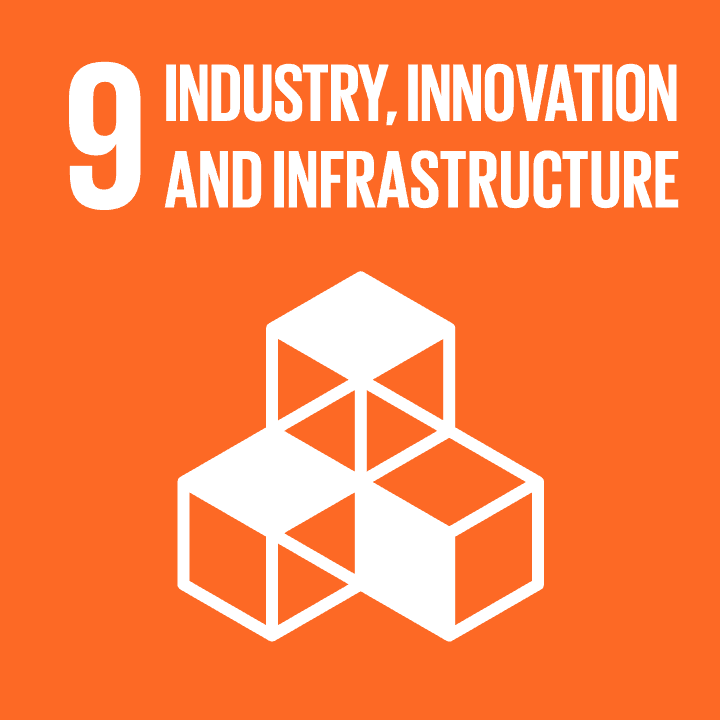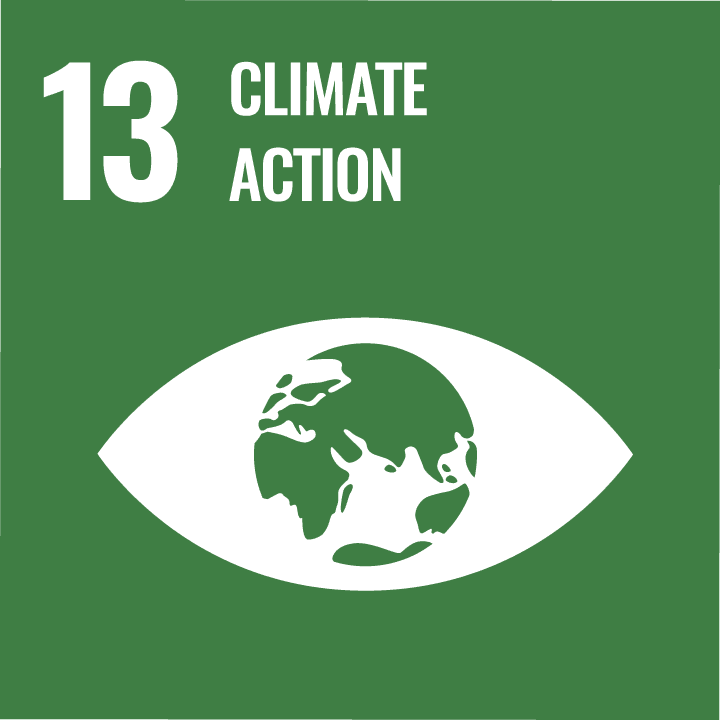Let‘s Upcycle!
- Resource Type
- Project
- Subjects
- Earth Science
- Topics
- Climate Change Sustainability
- Time for activity
- 45 – 60 minutes
An invention that was intended to make our lives easier is now choking our planet. Plastic pollution is one of the most pressing environmental issues the world is facing today.
- Introduction
-
An invention that was intended to make our lives easier is now choking our planet. Plastic pollution is one of the most pressing environmental issues the world is facing today. The throw- away culture that came with the use of plastic has had serious consequences. Our land, water bodies, animals, birds and even marine life are found to have plastic in their system.
Harmful micro-plastics are everywhere on earth, from Mount Everest to Mariana Trench. Many countries have pledged to take action to tackle the plastic menace by enforcing strict bans on the use of these materials and by putting in place effective recycling projects. While these wonderful initiatives are being addressed by the various governments on a large scale, is there something we can do locally and in our homes with the resources we already have to reduce our plastic consumption?
Yes, there is a way we can also help- Upcycling! Extending the life of a waste material, by re-purposing it into something useful thereby adding value to it is called Upcycling. This activity will open our eyes towards the endless possibilities of using simple scientific concepts to adapt waste into useful objects and question the need to buy newly manufactured plastic products.
- Key Objectives
-
- Through a hands-on activity, the children will learn how capillary action can help them make a self-watering planter and understand its water efficiency.
- Children will have a better understanding of the plasticrecycling codes in packaging that would help them segregate their waste better.
- Children will understand that upcycling is one way to tackle the waste problem on their own and that it can be implemented easily at home.
- Children will understand that upcycling could be a path to an innovative entrepreneurial opportunity.
- Guiding Questions
-
- What caused the water to rise up the yarn? Can you think of an example where this process is seen in the natural world? (Plant roots absorbing water from the ground)
- What is waste segregation? Is it necessary?
- How much plastic waste is generated in our homes on a daily basis? Can all of them be recycled? ( Introduce Plastic Recycling Codes)
- Can the bottle we are using for our activity be recycled? How much energy goes into recycling it? (Discuss the steps in recycling PETE 1 and what items can be made from it. E.g. furniture, carpets, containers etc.)
- Who does the recycling? Are there any limitationsin this process?
- Can we do something with the plastic waste in our homes? (Introduce Upcycling with an example like, using a yogurt pot to hold your stationery items, making handmade paper out of waste paper etc.).

/rating_on.png)
/rating_half.png)
/rating_off.png) (26 )
(26 )








